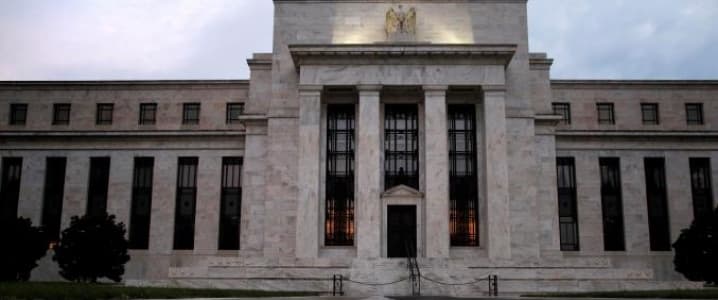The energy sector over the next few years may look markedly different than it has over the last few years. Aside from political changes and OPEC’s rebalancing efforts, the markets are also facing a different dynamic with the Federal Reserve – interest rate hikes.
The Fed cuts interest rates from more than 5 percent in 2007, to as little as 0.25 percent by 2009. These cuts were intended to help stimulate and stabilize an economy suffering from the worst recession since the 1920s. The Fed’s actions alone were not enough to stabilize the economy though, so the Federal Government stepped in and lent large amounts of money to all of the major financial institutions in the U.S., and Congress passed the American Recovery and Reinvestment Act of 2009 which included a range of economic support measures including tax breaks and infrastructure spending.
The combination of actions from the Fed and the Federal Reserve helped to stabilize the financial markets and, since that time, the unemployment rate has consistently crept lower. Today the U.S. unemployment rate stands at 4.7 percent - the same rate as January 2006. Against this backdrop the Federal Reserve appears poised to reverse its monetary easing and start to hike rates over the next few years. Related: 5 Energy Stocks To Watch In 2017
Analysts speculate that “a rate hike would strengthen the U.S. dollar, which would make oil more expensive globally, so this would tend to reduce oil demand slightly, but it takes a while for this effect to play out, and would therefore likely reduce oil market price.” In essence the problem for the rest of the world is that oil is priced in U.S. dollars, so as their currencies get weaker against the dollar, oil costs relatively more. That in turn should dampen demand for the ROW.
For any individual 25 basis point hike, the effect on foreign demand for oil is likely to be modest – perhaps about the same as a $1 increase in the price per barrel of oil. At the same time, the cumulative effect of many rate hikes could be significant. With the Federal Reserve rate now below 1 percent, to get back to the long-term average of roughly 5 percent to 6 percent, the Fed would need to hike rates 15-20 times by a quarter of a point each time. Cumulatively, that could have a major impact on oil’s affordability in some countries.
All of this is good news in general for oil exporters including the shale producers, but bad news for oil importers such as some refiners. Unfortunately for the refiners, while oil trades like a uniform commodity, it is far from it, so switching between different blends of oil is generally difficult.
The same logic holds true for countries – oil exporters like Venezuela, Saudi Arabia, and Russia will all benefit from a stronger relative oil price (in USD), while importers like China and India will have significant problems for any oil imports where the prices are not hedged.
Investors should position themselves accordingly.
By Michael McDonald of Oilprice.com
More Top Reads From Oilprice.com:
- The Rebound Is Here: Megaprojects Back On The Table
- GreaseBook: Reporting Oil Production Just Became Much Easier
- China Leads Unprecedented Drop In Asian Crude Production



















Any thoughts on interest rate increases and the effect on shale's ability to borrow money? The business plan has seemed to be this.... Borrow money from people chasing yield, then dilute shareholders to payback debt. How does shale stay on the drilling treadmill in an normal interest rate environment?